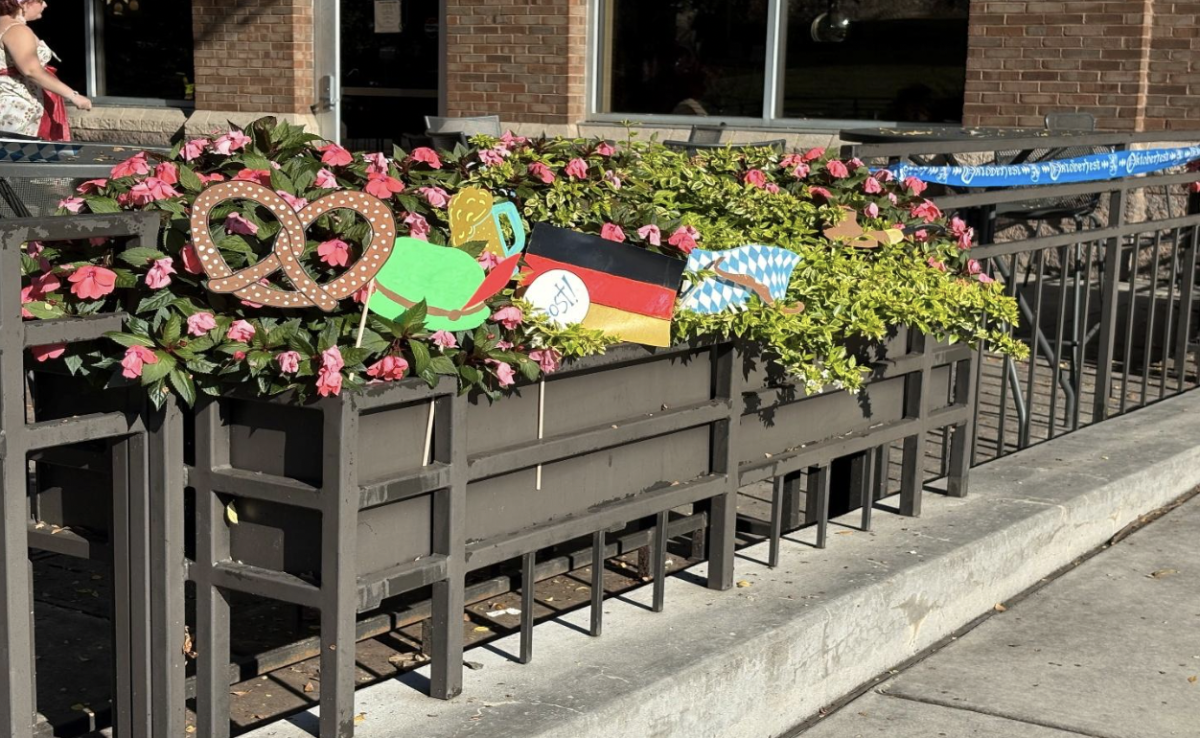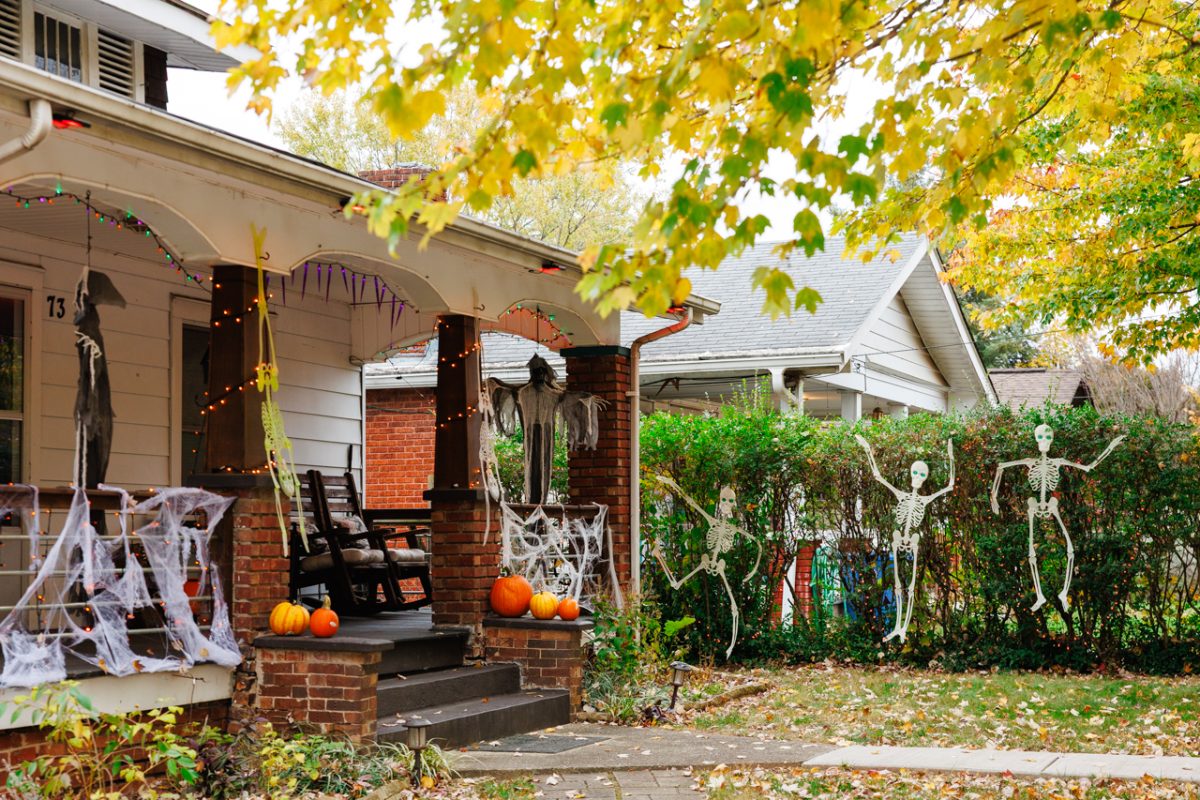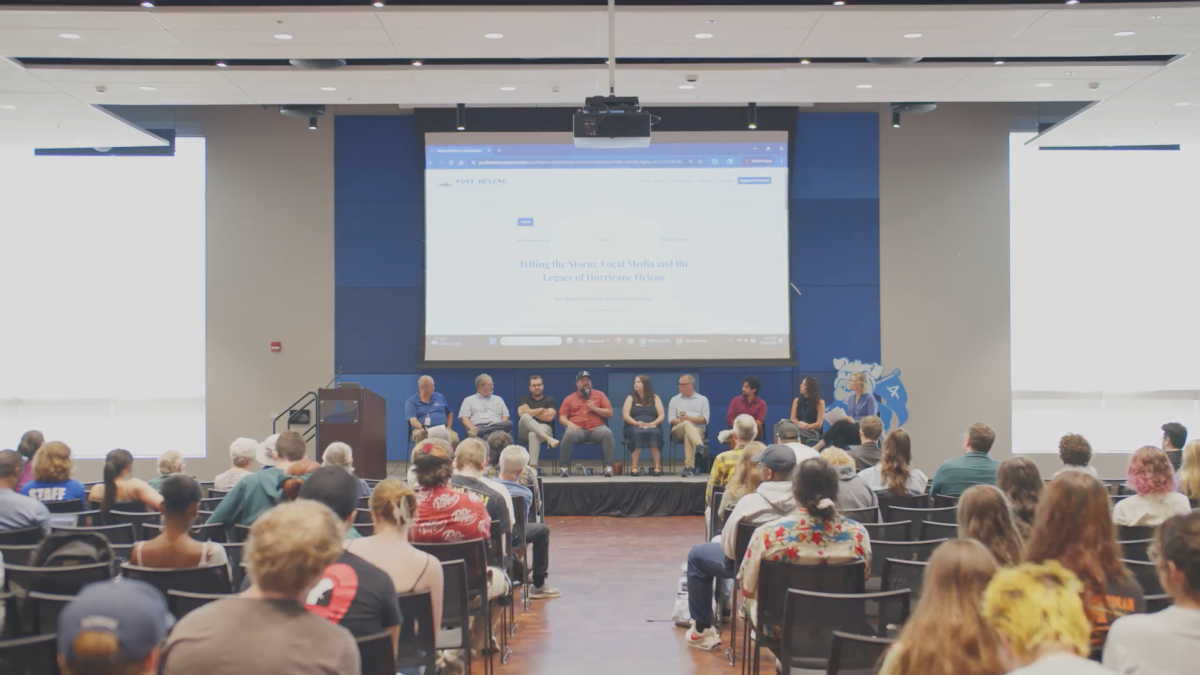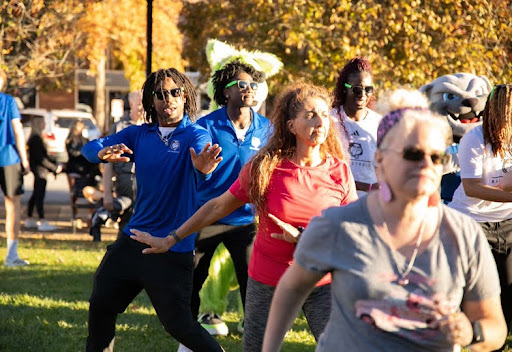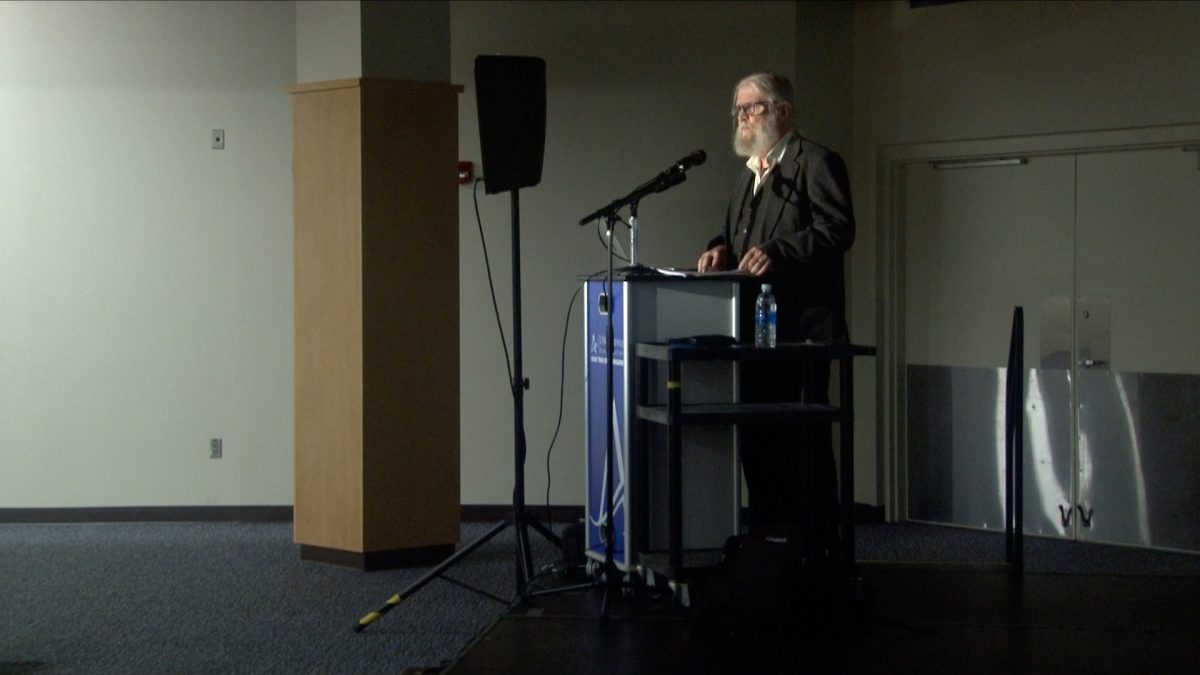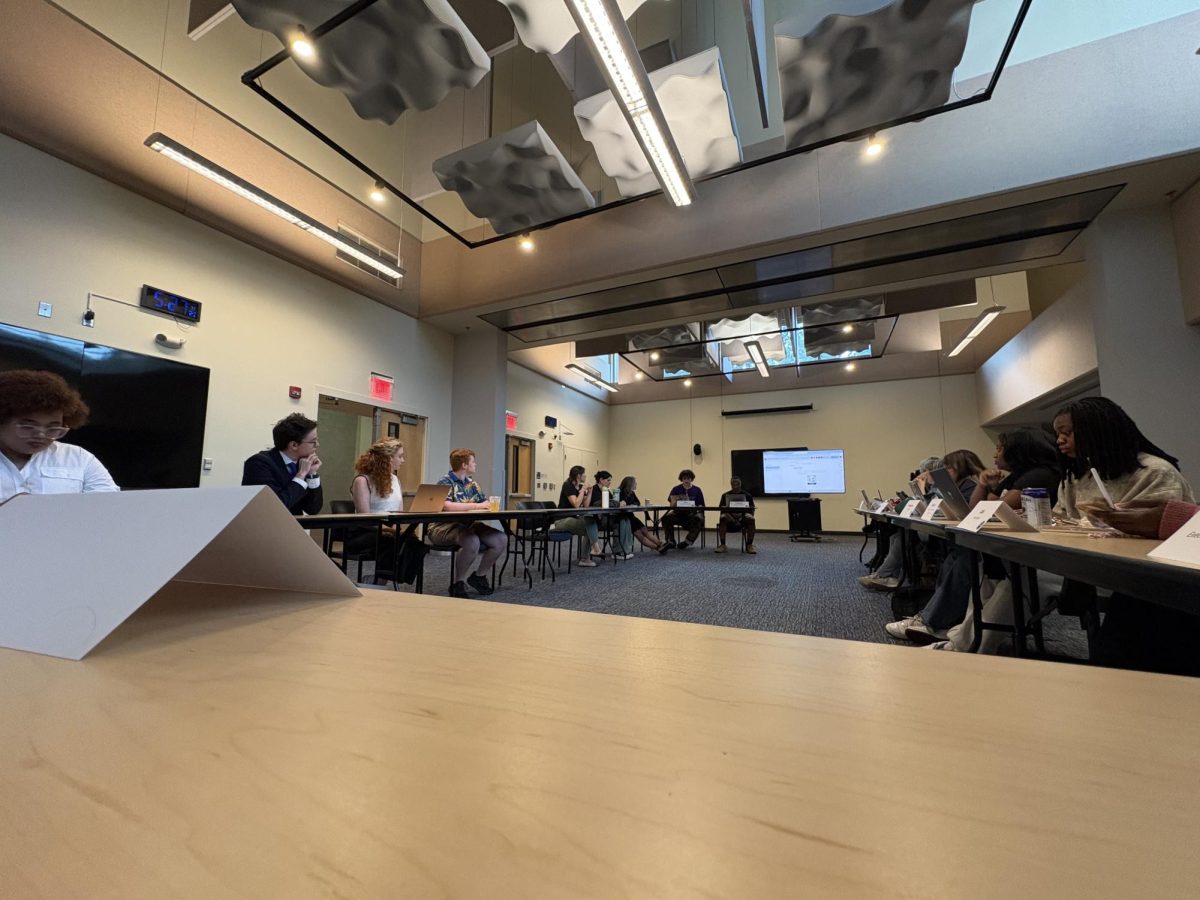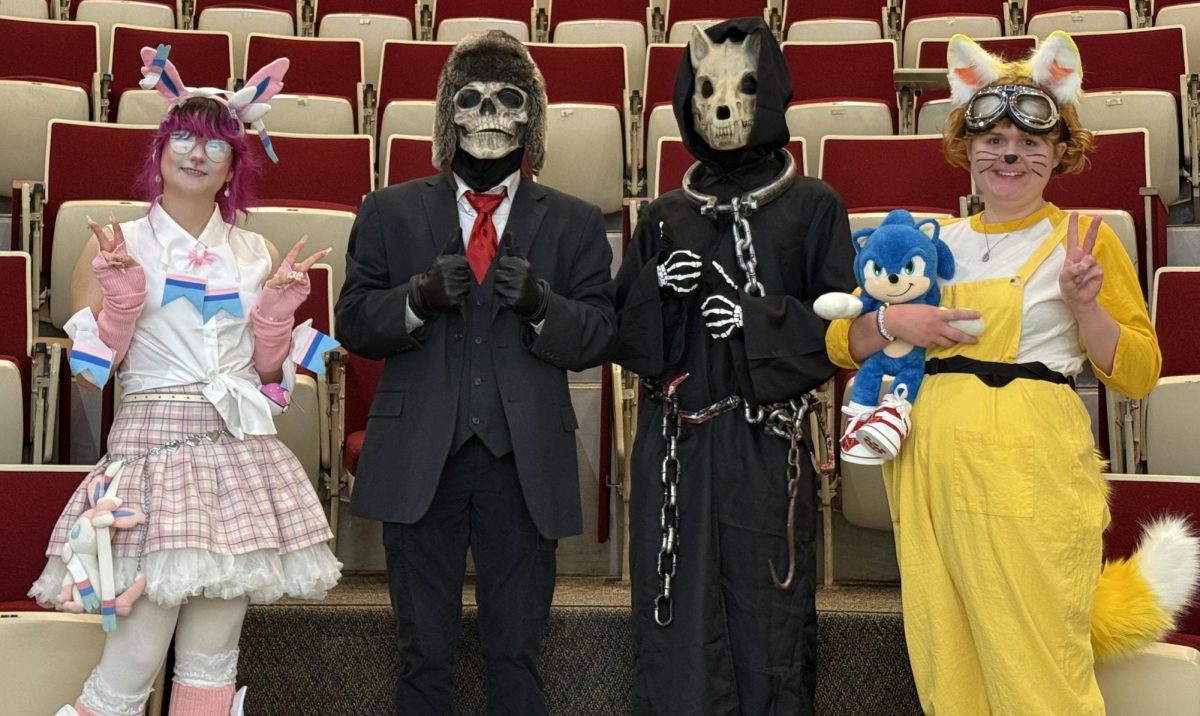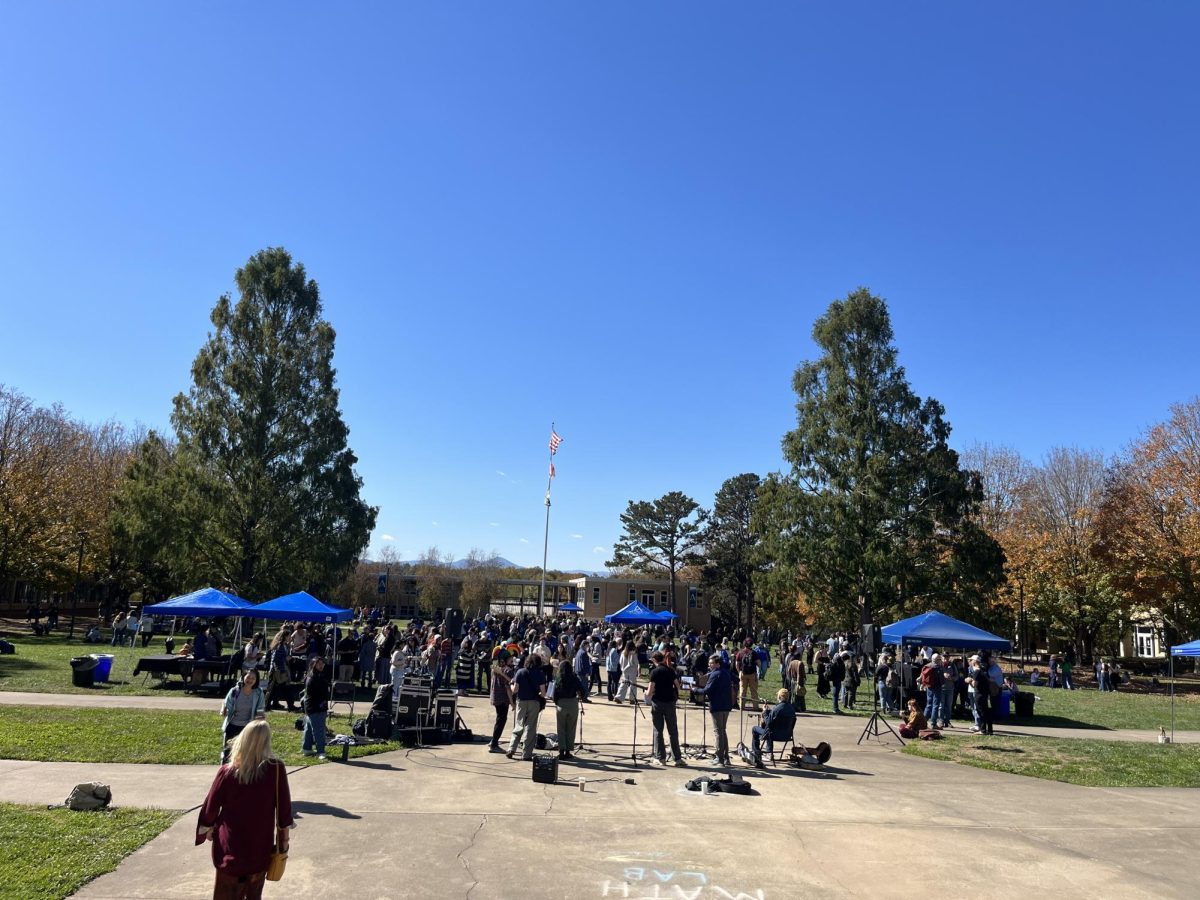Nora Donovan
Contributor
[email protected]
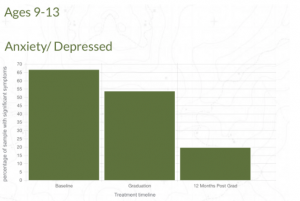
Achenbach, T. M., & Rescorla, L. A. (2001). Manual for ASEBA School-Age Forms & Profiles. Burlington, VT:
University of Vermont, Research Center for Children, Youth, & Families.
Parents struggling with their misbehaving kids turn to an alternative form of traditional therapy known as wilderness, according to Jeremy Whitworth, current program director of Trails North Carolina.
Asheville hosts over 173 specialists practicing clinical psychology according to data provided by Psychology Today, yet wilderness therapy programs prove to be equally effective, said Brian Hannon, former director of student life at Trails Carolina.
“Traditional therapy, for I think a lot of adolescents, it just doesn’t work,” Hannon said. “There is just a magic to the wilderness.”
Located in Lake Toxaway, Trails Carolina operates as a wilderness outdoor education program, according to David Shearer, former master field instructor at Trails. Founded in 2008 by Graham Shannonhouse, the program serves boys and girls as early as 10 years old up to age 25.
Shannonhouse can be best known as one of the primary founders of the wilderness industry, according to Hannon.
“What makes us effective is we are so immersive, and we are taking kids out of something they are very familiar with and putting them on, what may feel and look like Mars to them,” said Whitworth.“What we typically see in wilderness is that by putting them in someplace that’s unfamiliar, those behavior patterns, or things that come out when they are stressed kind of inevitably pop up in group dynamics and when they are uncomfortable.”
Wilderness therapy serves as a healing modality for a variety of different mental health reasons, Shearer said. Children attending Trails previously would display behavioral patterns such as tantrums, destroying things, property damage, or refusing to go to school because they were depressed.
“The reasons for coming to the wilderness program kind of vary depending on the age groups. The younger kids, from my experience, were more clinically troubled as far as, bipolar or on the spectrum such as aspergers. They were functional enough to support themselves in the wilderness setting,” Shearer said. “The majority of the older age groups coming to wilderness were struggling more with drug and alcohol use, getting in trouble at school, poor grades.”
Being forced to heal
Attending Trails’ wilderness program often isn’t voluntary, according to Shearer.
“Most of the kids did not come willingly. For the therapeutic part, a lot of the children were brought to the program through transporters,” Shearer said. “Transporters took the children from their family’s house and delivered them to the program.”
Shearer said transported children initially appeared rebellious, defiant and apologetic.
“They would kind of be cycling through patterns, trying to find a way to get out of it. A lot of them would say ‘I’m sorry, I understand now, I’m good, we don’t have to do this,’” Shearer said.
Once the child arrives at the Trails program they are already involuntarily committed based on their family’s decision, Shearer said.
Admission into Trails’ program goes under high scrutiny from the admissions program and clinical director to make sure a child will be a good fit, Hannon said.
“You would have a lot of accurate information and sadly a lot of inaccurate information because parents often feeling hopeless would be a little deceptive, I think, in trying to get their kids into the program just to help shift some things. Sometimes that would work, and sometimes that wouldn’t,” Hannon said.
SUWS of the Carolinas, located in Old Fort, serves as a wilderness therapy program for young people ages 10-17. SUWS similarly experiences largely involuntary attendees, according to Corey Oren, former master field instructor at SUWS.
“At SUWS, a vast majority of them were not going there willingly. Their parents were like, ‘you messed up, you got to go,’ or they hired transporters,” Oren said. “It’s totally crazy, you get these kids in a state of shock, they just have been ripped out of their lives and brought to Old Fort, NC and are kind of like, ‘what am I doing here?’For most of them, it was a really hard experience, especially the first week or so.”
According to Oren, an average length of stay at SUWS could be up to two months. Trails’ program ranged up to three months, Shearer said.
“The first two to three weeks was kind of the rebellious phase of the new kids coming in,” Shearer said. “They would often say I’m going to do really well, I will be out of here in two weeks, three weeks, mom and dad are going to come rescue me. And then the third week was usually the magic one, where they would break down and realize that they had at least another month or two to be getting through the program.”
Working at wilderness
Leading children through months-long outdoor expeditions requires extensive training, according to Hannon.
“When I first started working there, we did a seven day hiring seminar. We went out and did simulations with some of the kids, we actually got to meet a bunch of the kids. We got to learn all the primitive skills and camping requirements, as well as the therapists. You really got introduced to all of the aspects of the program,” Hannon said.
A licensed therapist accompanies the master field instructors at Trails to provide one-on-one support with each child, said Shearer. Being a master field instructor also requires First Aid certifications as well as CPR.
“Initially, I looked at kids as being delinquents or being the problem,” Sheared said. “Through the program, getting to know them, and hearing their stories I started to see a lot of them came through really bad families or the fact that their parents were too busy with work and didn’t have enough time to focus on the kids.”
Being responsible for a group of kids in the wilderness can also pose some challenges, said Hannon.
“I always heard if you worked in the wilderness industry long enough, you would sadly be witness to the death of a student,” Hannon said.
Alec Lansing, a client at Trails, ran away from his group in 2014, according to Hannon.
“He went to the bathroom and took off running, it was dusk and he dropped down into two canyons. He climbed up into a tree to see where he was and when he jumped out of the tree, he landed on his feet but he broke his femur and he fell into a puddle. Since it was freezing out, in forty five minutes he was hypothermic and died,” Hannon said.
Whitworth, employed by Trails at the time, said the tragedy brought upon improvements to their program.
“We really started to look at our screening process and our admission and application process, always trying to make sure we are asking the extra questions to ensure we are getting a kid that’s our kid. I think we pivoted a lot on some of our supervision policies and changed language and protocols,” Whitworth said.
Whitworth said their new standards far exceed what the wilderness industry was doing at the time and in some cases, still are doing.
“If it were not for Graham’s reputation and how much she actually really cares about the kids, the Trails program would have been done, it would have gone under, because not many programs can survive the death of a kid,” Hannon said.
Does wilderness therapy work?
Shearer attributes Trails’ program beneficial in helping children wean off medications.
“A lot of the children were taking ADD meds, where you would have your stimulants in the morning and then you would have to take a sleep or tranquilizer medicine at night, because you would have to put yourself to sleep,” Shearer said. “What the wilderness program was about was developing their personal capabilities of handling the stresses, ups and downs, without medicine.”
Field instructors rely heavily on behavioral pattern identification within their group expeditions, Hannon said. “We try to navigate clinically what’s going on with the kids in order to keep them safe. You are using the wilderness so it acts more as a metaphor, as a mirror and it allows the program to elicit the responses and behaviors that you can help to analyze the process to figure out what really the next step is for them.”
“It’s all under the premise of positive intention. The idea that regardless of how seemingly negative a behavior was, there was something the individual was trying to achieve that was positive for themselves, but just lacked the skills to do,” said Hannon.
Whitworth said Trails helped over 500 families in the past three years. “Typically for families, when they are at home, they all have these other pressures, if a kid acts up in the morning when a parents is trying to get them to school, they don’t really have the time to be there in that moment with them.”
When families inquire about sending their kid to wilderness, Trails tries to understand what’s going on at home. Putting a child in a wilderness setting allows the staff to really have the time to be with a child in the moments of being frustrated or stressed, Whitworth said.
“Most wilderness programs are typically very much built on relationships. Our staff’s ability to connect with our kids, understand who they are and meet them where they are at and help them grow and develop skills. It’s a very personalized type of treatment,” Whitworth said.
Whitworth believes that wilderness therapy, across the board, tends to be a more personal relationship driven type of program.
“I think what wilderness is able to do is it’s able to bring the kids to an environment where the kids think one thing is happening, when something else is actually happening,” Hannon said. “Regardless of how they can pretend to behave, if your spending weeks and months of camping, the real stuff comes out because they having to work with other people, you are able to figure out through relationships how they deal with things environmentally, how they deal with concept of self, just down the line you are able to really gather information that you wouldn’t really be able to gather just sitting on a couch with a kid.”
